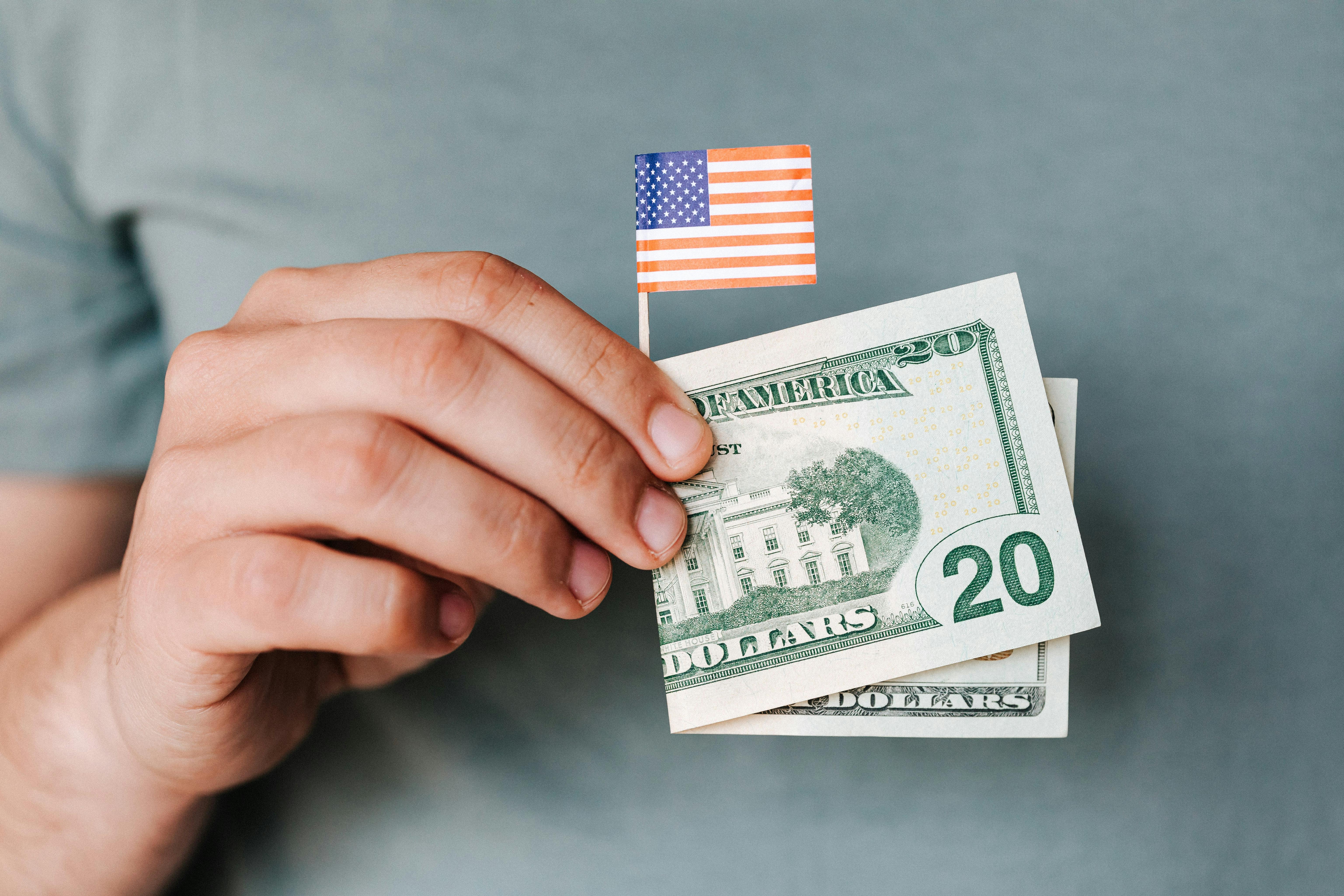
Increase your retail sales with packaging design
Consider the following true story: Returning from an appointment, John needed to stop at Walgreens to pick up a prescription, some cold medicine, and a couple bags of candy for the office. After getting the prescription from him, he immediately went to the cold remedies section and looked for NyQuil, a product he has used for a long time and trusts. He then headed to the candy aisle where he spent several minutes examining dozens of bags of different candies. He was looking for licorice and found several options. Most were packed in a clear plastic bag with a paper header attached to the top.
Then he saw something different; a candy bag that was not clear plastic, but a solid colored decorative bag. The design was attractive and clearly stood out from the other packages. She bought three bags. His decision was based strictly on the product’s packaging; he did not recognize or remember the name of the brand. John’s experience demonstrates the importance of packaging for retail sales.
Let’s examine John’s decisions. When someone goes shopping, there are several decisions that must be made: 1. The store; Where am I going to go shopping? 2.Your needs; What do I need or want to buy? 3. Product differentiators; what criteria will be used to choose the product (brand, price, etc.). In John’s case, the store’s decision was predetermined, his prescription was at Walgreens. He was loyal to Vick’s brand NyQuil Cold Medicine; he didn’t even look at alternatives. But little was determined in buying sweets from him. He had a preference for licorice, but he had no brand preference. His decision to buy candy was based on what he saw on the shelves. He ultimately made his decision based on being attracted to a type of product packaging.
Savvy private label sellers understand that packaging plays a critical role in success at the retail level. They know how to exploit their advantages over nationally recognized brands. Brand loyalty is not always a factor in the purchase. In fact, according to a Retail Minded study, 100 consumers ages 19-30 voted 71% in favor of store vs. brand loyalty. Understanding this trend in retail store loyalty provides an opportunity for the private labeler to adjust their marketing strategy.
Wal-Mart is a prime example of a store with strong consumer loyalty. In the past two decades, private label products have made huge inroads at Wal-Mart. Competition for retail shelf space at Wal-Mart is tremendous, and the decision to locate shelves at Wal-Mart is primarily based on sales. If your product sells, Wal-Mart will provide you with convenient shelf space; failure to do so will result in less desirable placements being awarded. The impact could be devastating to the success of your product.
With the recent economic downturn, private label products have gained market share at the retail level. Consumers are more willing to deviate from their favorite brands for cost reasons. The perception among consumers is that branded products are more expensive than private label ones. With retailers eager to boost their lagging sales, the likelihood of private labels getting better shelf space is improving. Taking advantage of this trend may require manufacturers to revamp their packaging.
What are the key considerations for product packaging at the retail level?
- Understand demographics. Companies with well-known national brand images will remain consistent across the region and from store to store. Private labels need not stay the same; in fact, the opportunity is to tailor your packaging to “fit” the demographics of the retail outlet or the geographic region of the country you sell to. You can create a “price leader” image for your Wal-Mart outlet while creating a more “specialty” image for high-end stores.
- Understand your Competition. In a retail store, your competition is what is in front of the shopper. Your product must stand out from your competition.
- Striking. The ideal packaging will create a “double aspect” on the part of the buyer.
- Clearly highlight the benefits. You only have a few seconds to attract and keep the attention of customers; Your unique selling points must be clear in order for a buyer to choose your product. The emotional impact is fundamental.
- functionality package: Once your product is purchased, the user experience with the packaging can make or break a repeat sale. Packages that improve the usability and storage of the product will give them reason to return. On the other hand, packages that are difficult to open, difficult to store, or that allow damage to the contents will ensure that there is no repeat sale.
- Understand the trends: The environment, the economy, local and global politics can influence consumer decisions. Paying close attention to these trends along with your sales results can either seize opportunities or avoid catastrophes.
Packaging can provide unique opportunities for manufacturers to increase retail sales. The package design should be integrated into a vendor’s product marketing strategy. Innovative product packaging and labeling can create increased customer demand and increased profitability. Manufacturers who understand the dynamics at the retail level and stay on top of trends will be able to maximize their retail sales.